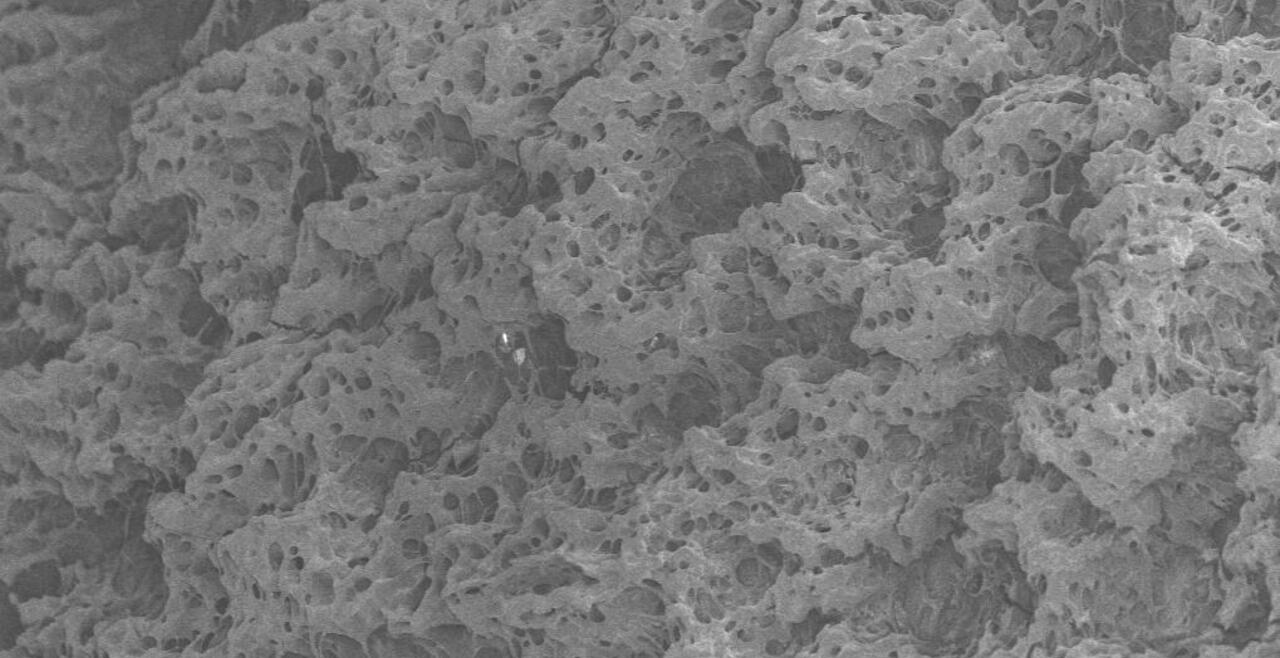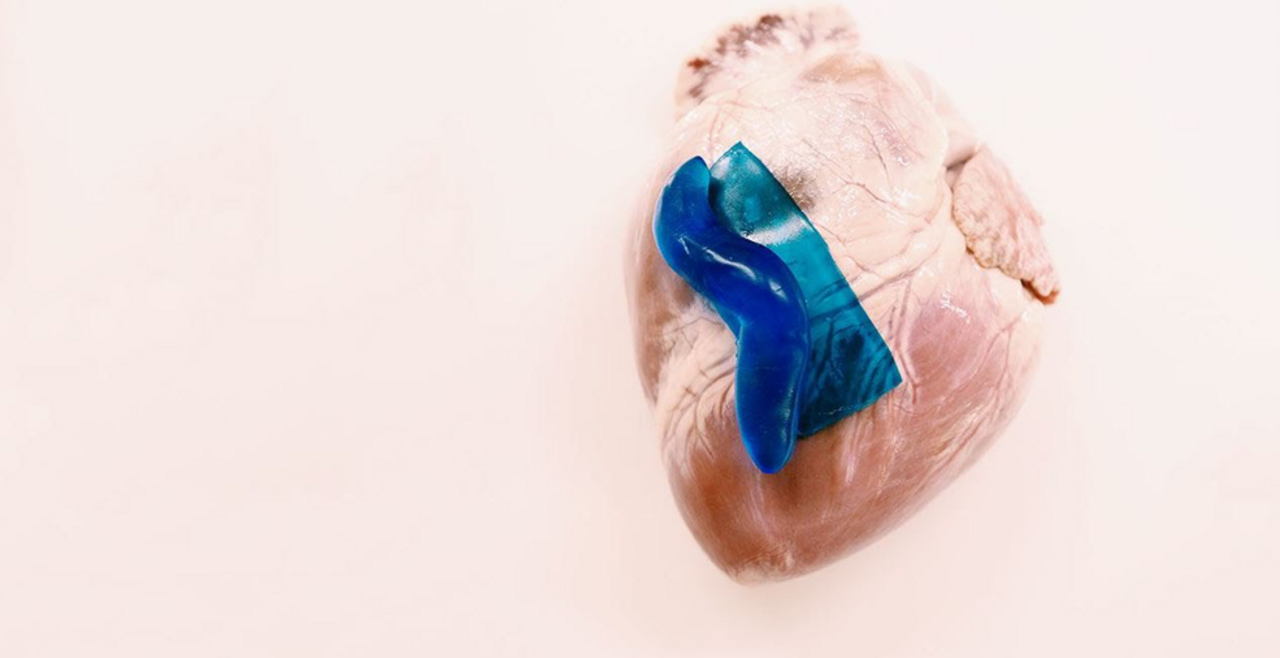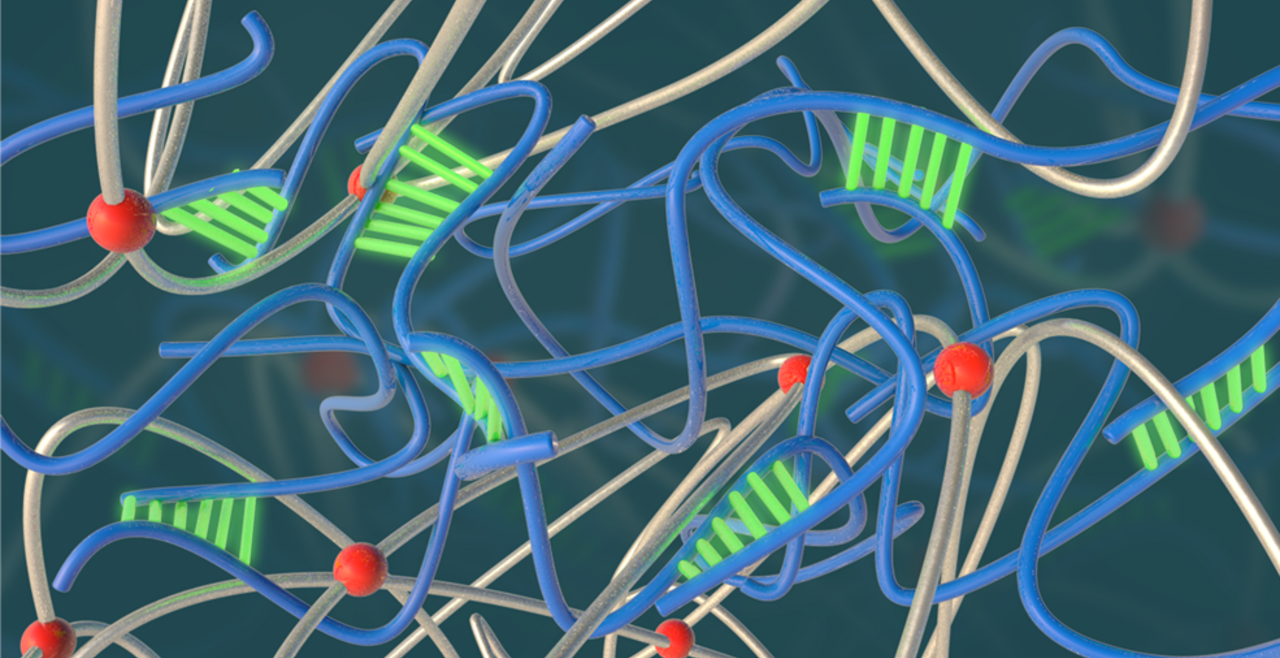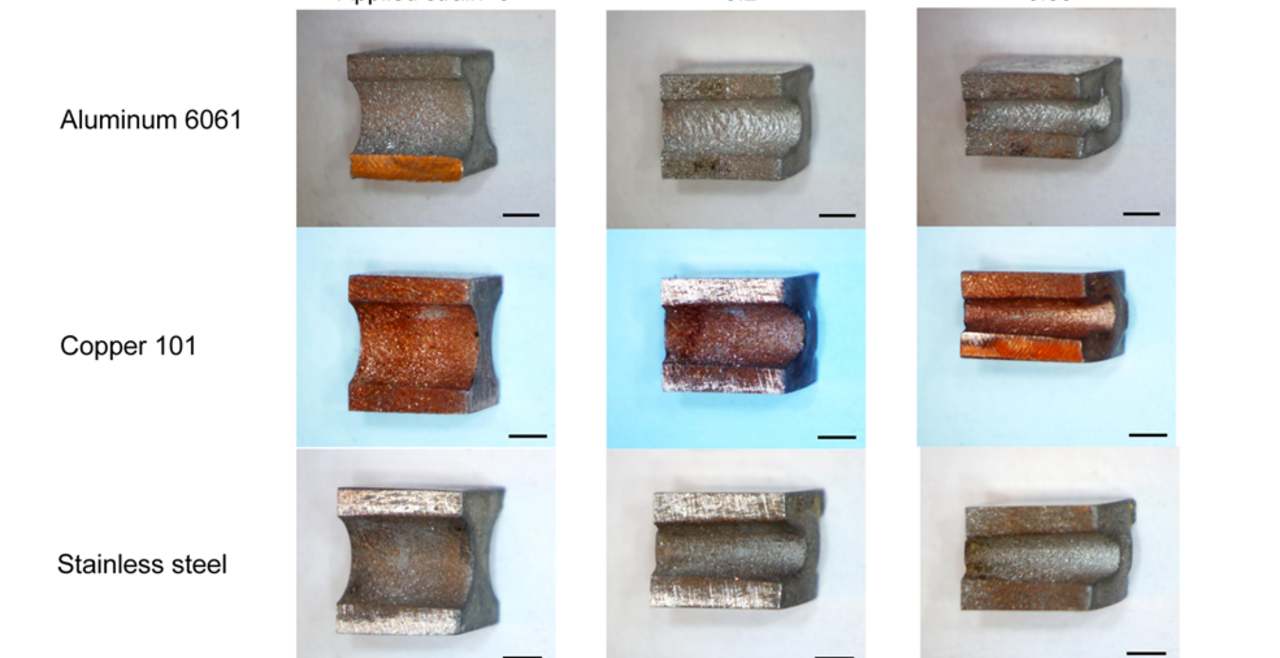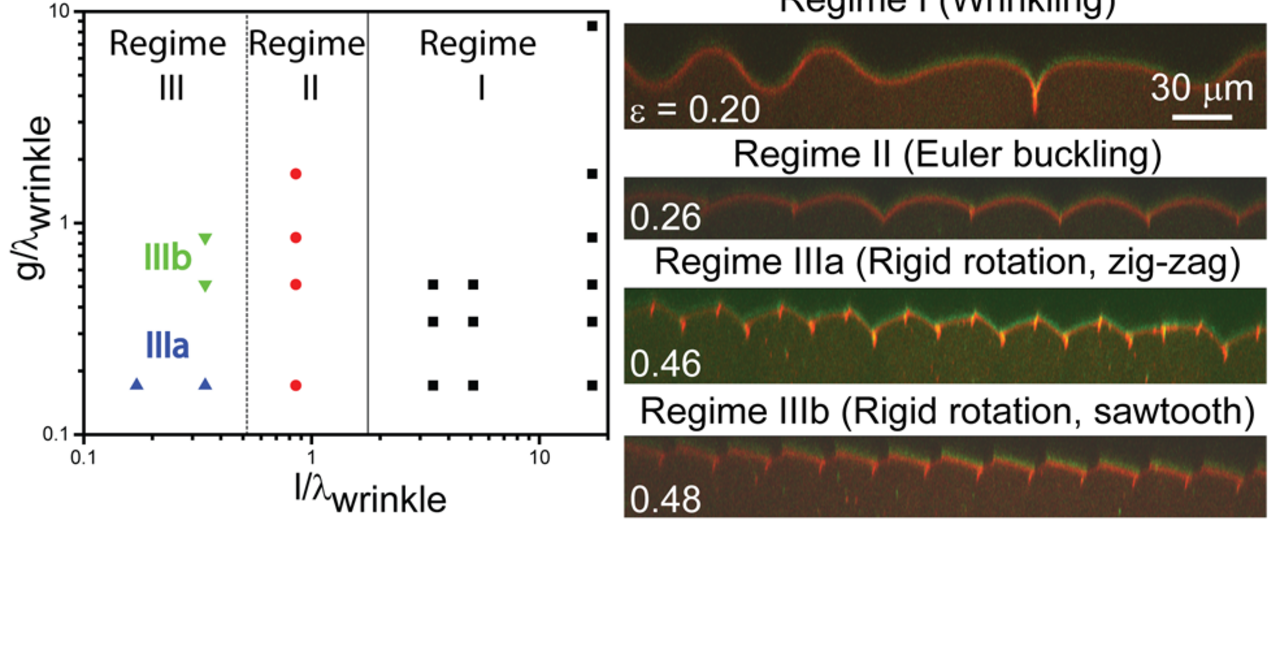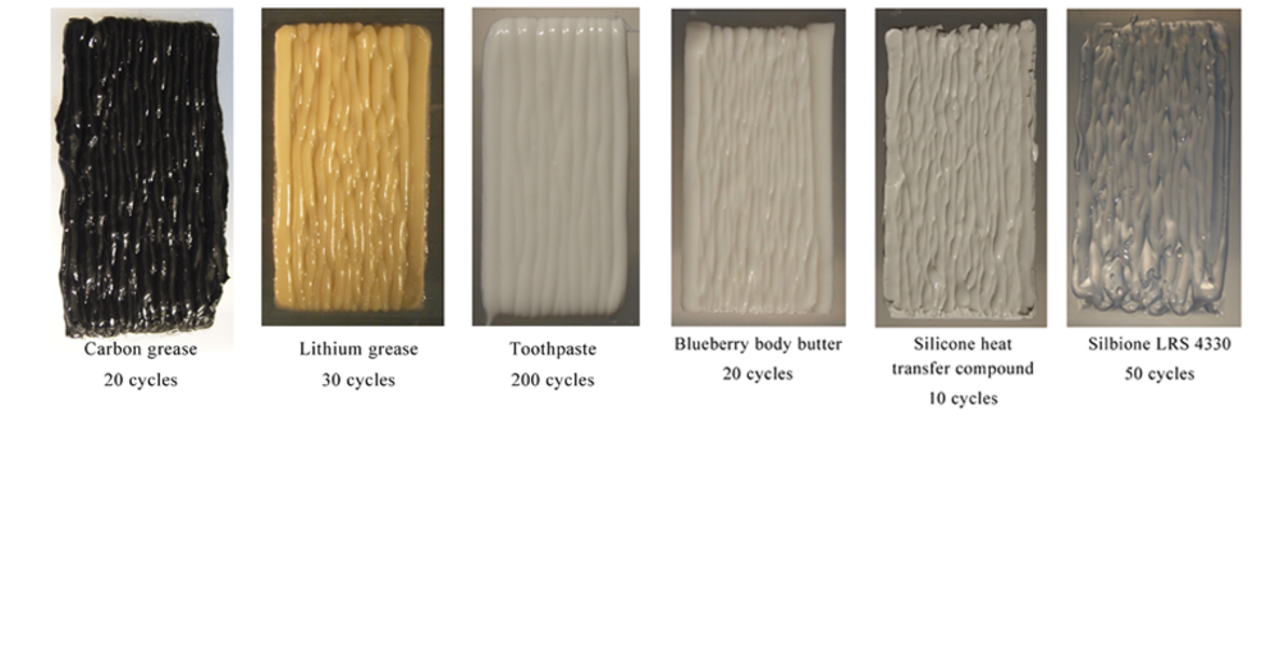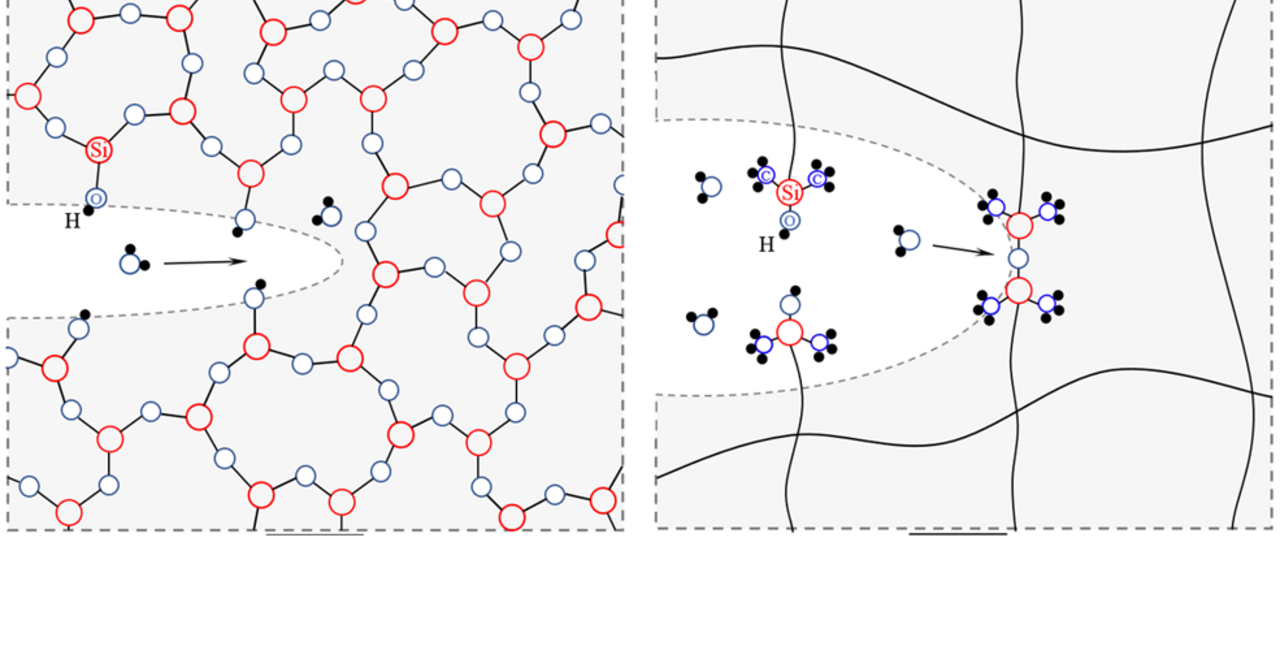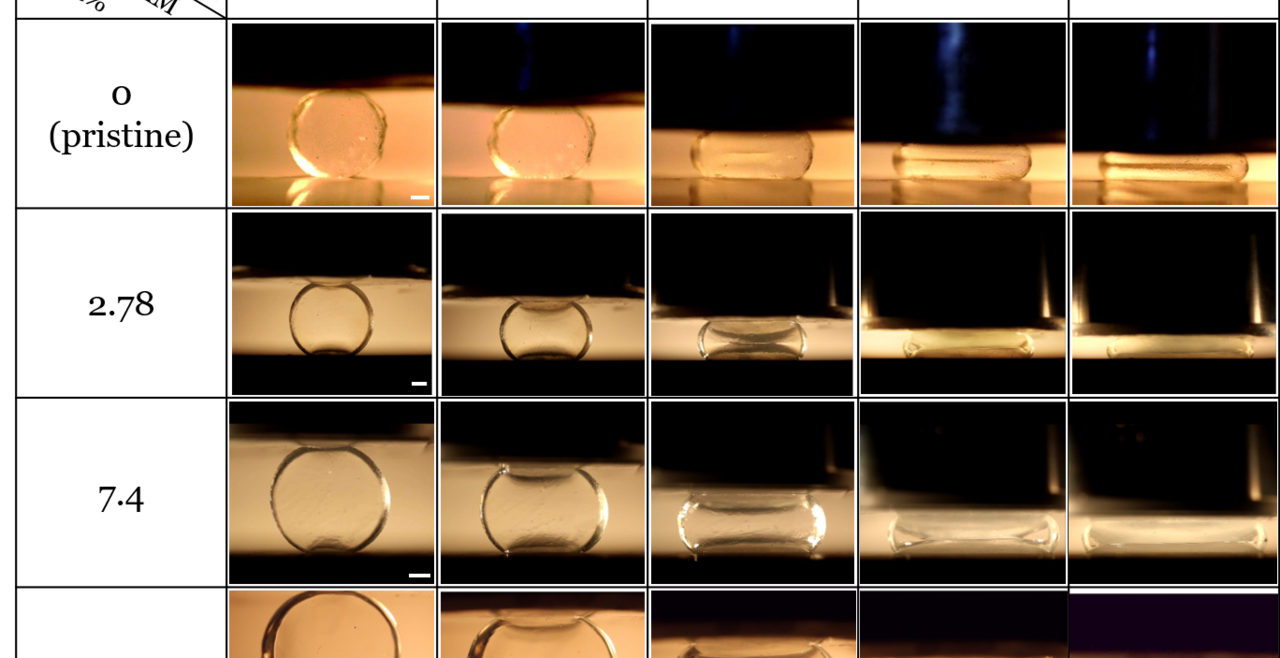Soft materials are a class of polymer materials that display unique properties of softness, wetness, and biointerfacing, resembling those of biological tissues, and thus are ideal materials used around the human body for health. Soft materials and the human body form a soft material system, in which they can be seamlessly merged and mutually interacted. Emerging applications include bioelectronics, medical robots, and implantable devices. However, several limitations have placed barriers to translating soft materials to clinics: on-demand control of material behaviors in the physiological environment, high-efficacy design of material functionalities to interface with biological systems, and integration of multi-material systems to develop medical devices.
We are an interdisciplinary research group with expertise in mechanics, materials, and biotechnology, focusing on the multiscale engineering of soft material systems. We aim to develop high-performance, bio-integrated, and bio-interfacing soft material systems for health. Multiscale engineering involves molecule-level design (e.g., molecular engineering), polymers design (e.g., polymer functions and architectures), microscopic-level network engineering (e.g., network topologies), and macroscopic-level multi-material integration (e.g., hybrids). Our missing is to advance the fundamental understanding and translational medicine of soft material systems to create medical materials, tools, and devices for health.
News
- Two fully funded PhD/Postdoc positions in mechanics of soft materials and soft materials for health at Worcester Polytechnic Institute
- 伍斯特理工(WPI)机械与材料工程学院杨加伟课题组诚招全奖博士生以及博后
- Invited talk “Biointerfaces by design-from wet adhesion to implantable materials" Department of mechanical and materials engineering, Worcester Polytechnic Institute, Worcester, MA
- Invited talk “Design molecular topologies for wet tough adhesion”, the Dow Chemical Company, Midland, Michigan
- Invited virtual talk “Wet adhesion technology for merging human-machine interface”, Department of Mechanical and Materials Engineering, University of Cincinnati.
